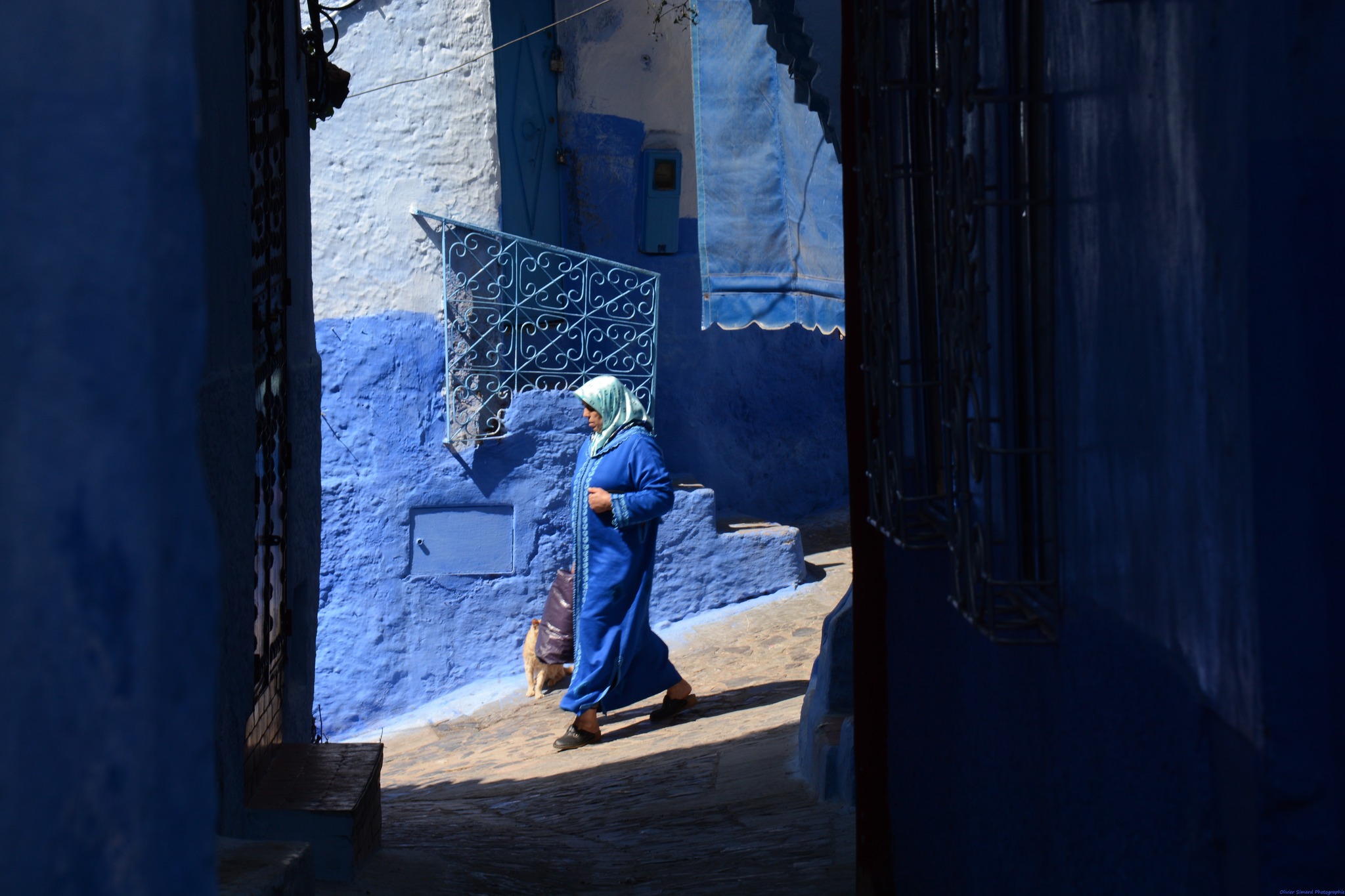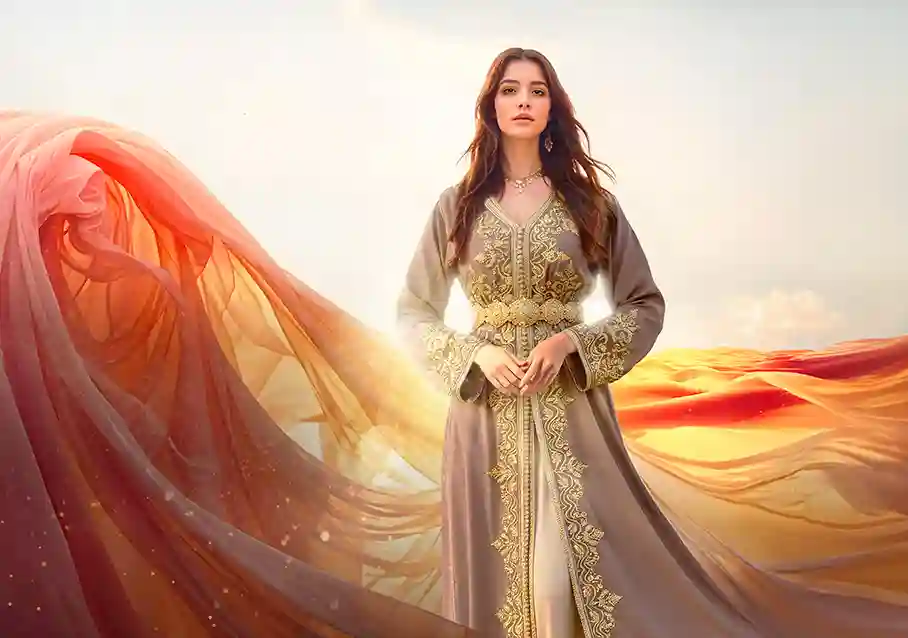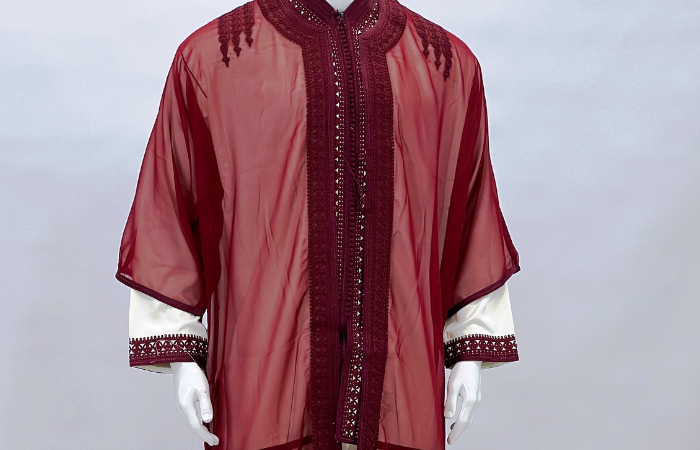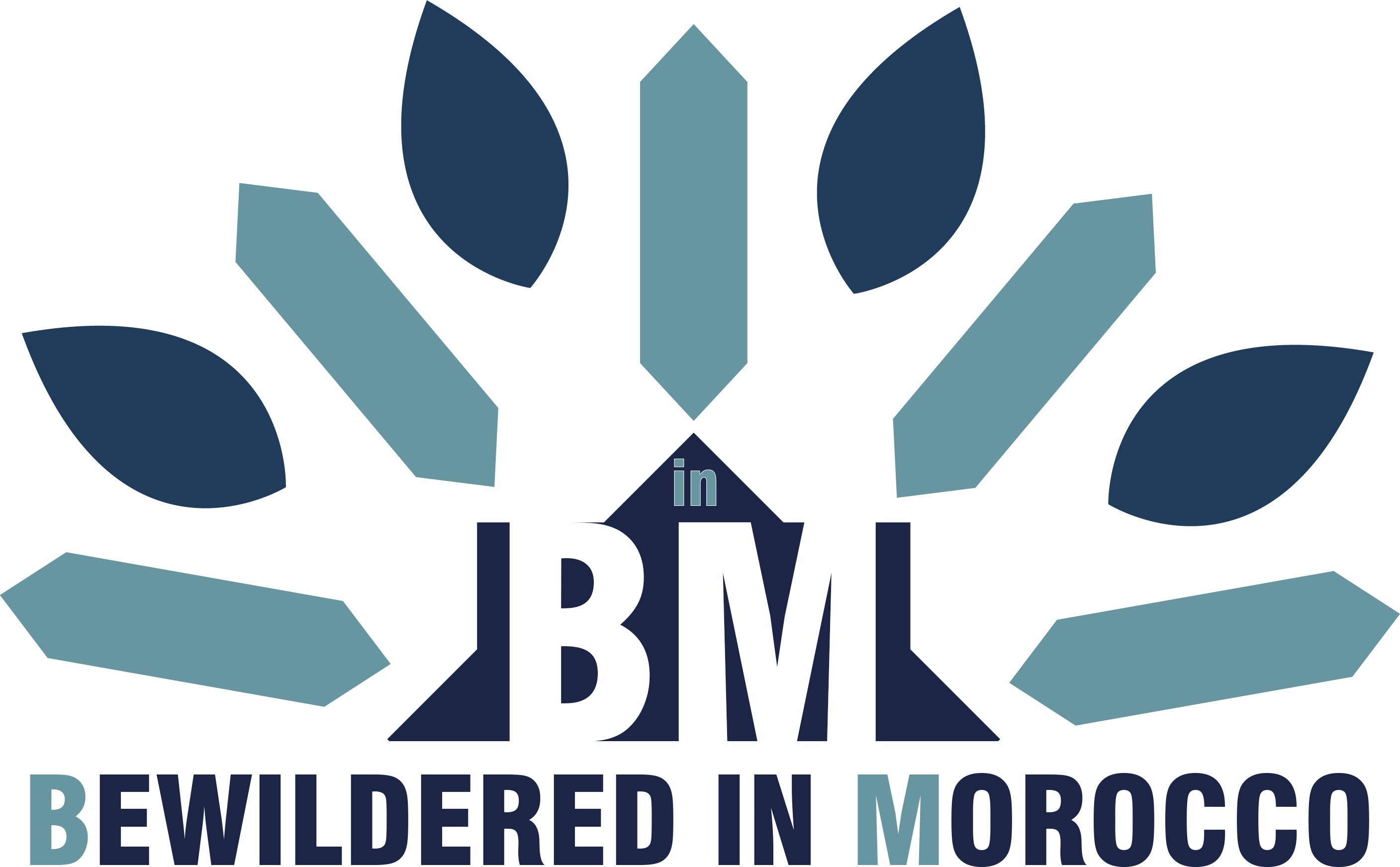Walk through any Moroccan street—whether it's the narrow alleys of Fez, the bustling squares of Marrakech, or a quiet mountain village—and you'll notice something special. People don't just wear clothes here; they wear their history. Moroccan traditional costumes are living books, telling stories about family, region, and celebration with every stitch and pattern.
These aren't museum pieces gathering dust. They're part of everyday life, worn with pride at weddings, festivals, and Friday prayers. Each garment whispers secrets about where someone comes from and what they're celebrating. You can spot a person from the Rif mountains just by looking at their embroidery. You'll know when someone's headed to a wedding by the shimmer of their caftan.
After years of traveling across Morocco and talking with artisans, families, and shopkeepers, I've learned that understanding these costumes helps you understand Morocco itself. So let me take you on a journey through fabrics, colors, and traditions—just like sharing mint tea with a friend who knows all the best stories.
What Makes Moroccan Traditional Costumes So Special?
Here's something beautiful: Moroccan traditional costumes aren't just about looking good. They're identity cards without words. In cities and mountain villages alike, what you wear tells people your story.
Travel from Marrakech to Fez to a small Berber village, and you'll see completely different styles. The heavy wool djellaba that keeps an Atlas shepherd warm isn't the same as the flowing silk caftan a bride wears in Rabat. Each region has developed its own fashion language over centuries.
These clothes also mark life's big moments. When a baby is born, when young people get married, during Eid celebrations—families bring out their finest traditional pieces. It's their way of saying, "This moment matters." The costumes become part of the memory, passed down like treasured family recipes.
The Big Four: Morocco's Most Iconic Garments
Let me introduce you to the stars of Moroccan fashion. These are the pieces you'll see everywhere, each with its own personality.
The Djellaba: Morocco's Everyday Hero

The djellaba is the garment you'll see most often on Moroccan streets. Men and women both wear this long, comfortable robe with wide sleeves and that distinctive pointed hood called a "qob."
What makes the djellaba brilliant is its adaptability. In cold mountain villages during winter, you'll find thick woolen versions that feel like wearing a warm hug. Head south to the sun-baked cities, and locals wear lighter cotton djellabas that let air flow while protecting from harsh sun.
Every city adds its personal touch. Marrakech djellabas often feature bold stripes. Fez prefers subtle elegance with fine detailing. The best part? You can try one yourself at any local market. The comfort will surprise you—it's like wearing pajamas that look respectable enough for the street.
The Caftan: When Elegance Meets Tradition

For women, nothing says "special occasion" quite like a caftan. This floor-length dress transforms whoever wears it into royalty. Shimmering silks catch the light. Delicate embroidery decorates every edge. A decorative belt cinches the waist, adding that final touch of sophistication.
Here's a fact that surprised me: the caftan originally came from Andalusia centuries ago. When refugees fled Spain, they brought this garment with them. But Moroccan hands didn't just copy it—they made it their own with unique patterns, local fabrics, and embroidery styles you won't find anywhere else.
At weddings, you'll see caftans in their full glory. Women might change outfits three or four times during one celebration, each caftan more stunning than the last. The colors range from deep ruby reds to ocean blues to elegant creams. If you're invited to a Moroccan wedding, trust me—rent or buy a caftan. The family will appreciate your respect for their traditions, and you'll feel like you truly belong to the celebration.
The Jabador: Simple Sophistication for Men

While caftans steal the spotlight for women, men have the jabador. This outfit consists of matching trousers and a tunic, usually with beautiful embroidery around the collar and sleeves.
The jabador strikes the perfect balance between comfort and elegance. It's formal enough for family gatherings and Friday prayers but comfortable enough for warm Moroccan days. You'll often see men wearing jabadors during Ramadan or at religious festivals.
What I love about the jabador is its versatility. Young men wear them with traditional leather babouches (those soft, comfortable slippers). Older generations pair them with more formal accessories. Either way, the jabador makes a statement: "I honor tradition, but I'm also here to enjoy myself."
The Haik: Northern Morocco's Modest Wrap
In some northern regions, you might encounter women wearing the haik—a large white cloth that wraps around the entire body like a gentle cloud. It's less common now than in previous generations, but it still appears in traditional areas.
The haik served multiple purposes: keeping out dust, protecting from intense sun, and providing modesty in public spaces. Old photographs show that wearing a haik was once a sign of respect and traditional values. Today, it's become a symbol of cultural heritage that some women proudly maintain.
A Country of Many Styles: Regional Variations
Morocco isn't one unified fashion scene—it's a patchwork of regional styles, each reflecting local climate, history, and culture. Let me take you on a tour.
The Atlas Mountains: Built for Weather
The High and Middle Atlas mountains get cold. Really cold. So mountain communities developed clothing that doubles as survival gear.
Women layer heavy striped fabrics called "mendil" over their caftans. These aren't decorative—they're practical shields against biting winds. Men bundle up in thick wool djellabas that could probably survive a snowstorm. The colors tend toward earth tones: browns, grays, and deep reds that blend with the mountain landscape.
During a spring trip through the High Atlas, I watched shepherds tending their flocks in these heavy garments. Even with the sun shining, the wind cut through everything except their wool djellabas. That's when I understood: fashion here isn't about trends. It's about survival made beautiful.
The Sahara and Southern Regions: Desert-Smart Fashion
Desert people figured out long ago that loose, flowing clothes work best in extreme heat. Men wear lightweight garments called "darâa" or "gandoura"—robes that allow air circulation while protecting skin from the sun.
Women wrap themselves in bright "melhfa" cloths. Unlike the heavier mountain fabrics, these are light as a whisper. The pale colors reflect sunlight instead of absorbing it. During sandstorms, these wraps become shields, protecting face and hair from stinging grains.
The southern style is all about practicality meeting beauty. Yes, the flowing robes look dramatic against sand dunes. But they're also the smartest choice for a harsh environment where the sun can be your enemy.
Northern Cities: Urban Elegance
Fez and Tetouan represent the pinnacle of urban Moroccan fashion. These cities developed their styles during centuries as cultural and economic centers.
The caftans here feature elaborate embroidery that takes artisans weeks to complete. The fabrics are finer—silks and velvets instead of practical cotton. Colors are often more sophisticated: jewel tones, metallic threads, and complex patterns inspired by Islamic geometry.
When you visit the old medinas of these cities, peek into the tailoring shops. You'll see craftsmen bent over their work, adding tiny stitches to sleeves and hems. This is where Moroccan traditional costumes reach their most refined form.
Berber Communities: Every Tribe Tells Its Story
The Amazigh (Berber) people across Morocco have maintained distinct clothing traditions for thousands of years. Each tribe developed its own color codes, jewelry styles, and decorative patterns.
Silver jewelry dominates Berber fashion. Women wear elaborate necklaces, bracelets, and headpieces studded with turquoise stones. These pieces aren't just pretty—they're portable wealth and family heirlooms passed through generations.
The patterns on Berber clothing tell stories. Some designs represent mountains. Others symbolize fertility or protection. Triangles might indicate a specific family lineage. If you travel to Berber villages and take time to chat with locals, they'll explain how every twist and turn in their textiles carries meaning—like reading an ancient language written in thread.
How History Shaped What Moroccans Wear
Moroccan traditional costumes didn't appear overnight. They're the result of centuries of cultures meeting, mixing, and influencing each other.
The original Berber people had their own clothing traditions using local materials. Then came Phoenician traders bringing new fabrics. Arab conquest introduced different styles and Islamic modesty principles. The Ottomans contributed the fez hat. Andalusian refugees from Spain brought sophisticated embroidery techniques.
Each new influence added a layer to Moroccan fashion without erasing what came before. It's like a recipe that gets passed down through generations, with each cook adding their special ingredient.
The colonial period brought another shift. French influence made some urban Moroccans adopt Western suits and dresses. But here's the thing: in villages and for celebrations, traditional styles never disappeared. They went underground during certain periods but always bounced back.
Today's youth are creating a fascinating blend. In Casablanca, teenagers pair djellabas with sneakers. In Rabat, fashion designers reimagine caftans for international runways. The tradition isn't frozen in time—it's alive and evolving.
When Costumes Shine Brightest: Celebrations and Festivals
Want to see Moroccan traditional costumes in their full glory? Come during celebration times.
Weddings: The Ultimate Fashion Show
Moroccan weddings are multi-day affairs where fashion takes center stage. Families save for years to buy the perfect wedding caftan. Brides might wear seven different outfits throughout the celebration, each more spectacular than the last.
Guests also dress up. Women arrive in their finest caftans, competing (in a friendly way) to look most elegant. Men don their best jabadors. The entire event becomes a moving exhibition of Moroccan style.
My secret tip: if you're visiting Morocco, check local markets for caftan rental shops. Even if you're not attending a wedding, you can rent an outfit for photos. It's an affordable way to experience wearing these beautiful garments.
Eid and Religious Festivals
During Eid al-Fitr (end of Ramadan) and Eid al-Adha (Festival of Sacrifice), Moroccan streets fill with color. Families wear new or freshly cleaned traditional clothes to mosque and family gatherings.
Children get particularly excited about new outfits for Eid. Little boys in tiny jabadors and girls in miniature caftans parade through neighborhoods, collecting sweets and money from relatives.
Moussems: Where Tradition Lives
Moussems are religious festivals honoring local saints. They happen in small towns and villages throughout Morocco, often in spring or summer.
These festivals are goldmines for costume enthusiasts. You'll see shepherds in practical djellabas mixing with brides in elaborate caftans, musicians in traditional gear, and traders showing their finest pieces. The variety is stunning.
A little advice from my travels: find out when Moussems happen in mountain towns near wherever you're staying. The atmosphere is magical—part religious observance, part community celebration, part fashion parade. The colors, music, and genuine kindness of people make these events unforgettable.
The Art Behind the Clothing: Embroidery and Craftsmanship
What separates ordinary clothing from Moroccan traditional costumes is the handwork. Artisans spend days, sometimes weeks, embroidering each piece.
In Fez and Rabat, some shops specialize in patterns inspired by "zellige"—those geometric tiles covering palace walls. Craftsmen stitch these complex designs into velvet caftans, creating wearable architecture.
The best pieces are hand-stitched, not machine-made. You can tell the difference by looking closely at the embroidery. Hand-stitched work has slight variations and character. Machine work looks perfectly uniform—technically impressive but lacking soul.
When you're shopping for traditional Moroccan clothing, ask about the craftsmanship. Shopkeepers love explaining their work. They'll show you different stitch types, explain why certain patterns appear in certain places, and probably share stories about their family's history in the trade.
Moroccan Jewish Traditions: A Shared Heritage
Morocco's Jewish communities maintained their own beautiful clothing traditions for centuries. Rich fabrics, colorful beads, and special holiday designs marked Jewish Moroccan fashion.
What's fascinating is how Jewish and Muslim clothing traditions influenced each other. Shared techniques, similar embroidery styles, and overlapping color palettes show centuries of communities living side by side, respecting each other's traditions while sometimes borrowing ideas.
The Mellah (Jewish Quarter) areas in Fez and Marrakech still have shops selling traditional Jewish Moroccan jewelry and embroidered pieces. These represent an important part of Morocco's diverse cultural heritage.
Where to Find Your Own Traditional Outfit
Ready to buy or rent Moroccan traditional costumes? Here's your guide.
For Men
Simple jabadors are perfect for Friday prayers or family gatherings. You'll find them in most medinas (old town markets). Don't be shy about asking shopkeepers to help you try pieces on—they expect it and enjoy helping visitors understand their products.
Djellabas range from everyday cotton versions to fancy wool pieces with embroidery. Start with a comfortable everyday djellaba if you're planning to wear it regularly.
For Women
The old medinas of Marrakech and Fez offer the best selection and quality. Look for shops with antique mirrors and family-run businesses. These establishments usually offer better craftsmanship than tourist-focused stores.
Caftans vary wildly in price depending on fabric and embroidery. A simple cotton caftan might cost you $50-100. An elaborate silk caftan with extensive handwork could run $500 or more. Set your budget before shopping, but don't be afraid to negotiate politely.
Special Shopping Areas
The Mellah areas in Fez and Marrakech specialize in unique jewelry and embroidered outfits. The craft tradition runs deep here.
Souk Semmarine in Marrakech has numerous traditional clothing vendors. Talaa Kebira street in Fez is lined with shops selling everything from everyday djellabas to wedding caftans.
Modern Morocco: Tradition Meets Contemporary Style
Young Moroccans aren't abandoning traditional clothing—they're reimagining it.
Fashion designers in Rabat and Casablanca create modernized caftans shown at international fashion weeks. These pieces maintain traditional silhouettes but use contemporary fabrics and unexpected color combinations.
Street style in major cities mixes old and new fearlessly. A djellaba with sneakers. A traditional tunic over jeans. A caftan belt worn as a statement piece with Western clothes.
Fashion festivals celebrating Moroccan design happen frequently, especially in May. Ask locals about upcoming events—you might catch a show featuring both traditional craftsmen and cutting-edge designers.
Tips for Travelers: Wearing Tradition Respectfully
Thinking about wearing Moroccan traditional costumes during your visit? Here's what you need to know.
When to Wear Traditional Clothing
Weddings, formal dinners, and Eid celebrations are perfect occasions. Locals genuinely appreciate when visitors make the effort to dress traditionally. It shows respect for culture and creates wonderful opportunities for photos and connections.
For everyday sightseeing, a simple djellaba can actually be practical—they're comfortable and protect from sun.
Care Instructions Matter
If you buy a fancy caftan, ask about care right away. Most quality pieces are dry-clean only. The embroidery and delicate fabrics can't handle regular washing machines.
Fold traditional garments softly instead of hanging them when storing. Keep them away from direct sunlight, which can fade colors. If you get a stain, shops in Fez use special traditional soaps—ask for help rather than trying to clean it yourself.
Rural vs. Urban Considerations
Traditional clothes are more common for everyday wear in rural areas. In cities, you'll mostly see them during celebrations or Friday prayers. Don't be surprised if your djellaba gets more attention in Casablanca than in a mountain village.
Talk to Artisans
The people who make and sell traditional clothing love sharing stories. Ask about stitching techniques, fabric origins, or family history in the trade. These conversations often become travel highlights—and you'll learn things no guidebook mentions.
Understanding the Cultural Connection
Here's something I've noticed: Moroccan traditional costumes connect to other aspects of culture in beautiful ways.
Many old Moroccan homes have small windows and thick walls. This architectural choice keeps houses cool in summer—exactly like thick djellaba cloth protects people from heat. The design philosophy is the same: work with the climate, not against it.
Patterns in clothing often match tiles on walls or carvings in wood. The geometric designs you see embroidered on a caftan might appear in zellige tilework at a palace. The flowing calligraphy decorating a jabador collar echoes mosque decorations.
This interconnection shows how deeply traditional clothing is woven into Moroccan culture. It's not separate from architecture, religion, or daily life—it's part of one complete cultural picture.
Your Turn: Join Morocco's Living Fashion Story
Moroccan traditional costumes aren't relics—they're living, breathing parts of daily life across the country. Every time someone puts on a djellaba for Friday prayers, every time a bride chooses her wedding caftan, every time a child gets a new outfit for Eid, these traditions continue.
When you visit Morocco, don't just observe from the sidelines. Ask shopkeepers about their embroidery. Try on a djellaba at a market. Attend a Moussem if you can. Accept that wedding invitation and wear your finest traditional outfit. These experiences connect you directly to centuries of tradition.
The beauty of Moroccan clothing culture is that it welcomes curious visitors. People here take pride in their heritage and love sharing it with others who show genuine interest.
Let's Keep Talking
Have you worn traditional Moroccan clothing? Are you planning to buy a caftan or djellaba on your next visit? Maybe you've attended a Moroccan wedding or festival and want to share your experience?
Drop a comment below! Tell me what you'd like to know about Moroccan traditional costumes. Ask about specific garments, regional styles, or where to find the best pieces. I read every comment and love hearing about your Morocco adventures—or helping you plan future ones.
And if you've never been to Morocco but these stories make you want to visit? That's exactly why I write. Come discover this beautiful country where every piece of clothing tells a story, and every story deserves to be heard.
